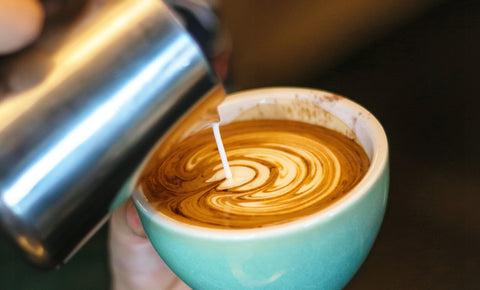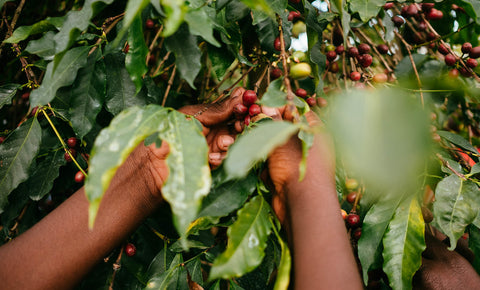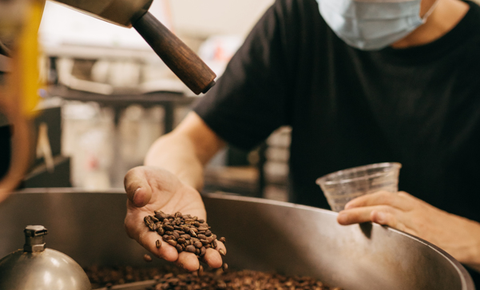Brazilian coffees are a staple in most coffee shop because they are such a classic crowd pleaser – they are so easy to drink, and they are generally associated with flavors like cocoa, chocolate, roasted nuts, brown sugar and caramel. A coffee with tasting notes like “rose syrup, coconut and stewed fruit” definitely does not fit the bill of a “classic” Brazil coffee.
The primary factor that produced such a delicious cup of coffee that is uncommon of its origin characteristics is due to the processing method. Coffee being a fruit, very much similar to the cherry fruit we eat, has two seeds. Processing in coffee is the act of removing the skin and pulp from the seeds. The seeds of the coffee fruit will then be sent to roasteries around the world before they are roasted to this beautiful shade of caramel, which by then will be known by many as “coffee beans”. Traditionally the two main type of processing methods are known as “washed”, with the seed stripped of its pulp entirely before it’s being washed and dried; and “natural”, where the whole coffee cherries are laid out to dry before delivering to a dry milling station to remove the dried husks from the coffee seeds.
 Vinhal Farm, Brazil
Vinhal Farm, Brazil
Regardless the processing method, the coffee cherries or seed will undergo a stage of fermentation whereby the primary goal is for the microorganism to break down the sugars available in the cherry, developing sweetness and flavor for the coffee. Most of the coffees in Brazil have traditionally been processed naturally. In recent years, with more innovation in the world of coffee processing, Brazil have been producing coffee with exceptional qualities.
For this particular lot of coffee produced by Rafael Vinhal, the coffee underwent a two-stage fermentation washed process, creating an interesting cup profile. Comparative tasting sessions between two coffees from Brazil were conducted during CMCR Academy’s Essential Coffee Knowledge class. The class gave learners an insight on how and where coffee is grown and processed, and how each step of the supply chain value adds to the distinctive attributes of specialty coffee. One of the coffees is produced from the region of São Paulo and the other coffee is an experimental micro-lot from Rafael Vinhal. Learners were quick to share the coffee from São Paulo reminds them of their taste experience from drinking a Brazilian coffee in most coffee shop, and were pleasantly surprised to find out Rafael Vinhal’s was also a Brazilian coffee but processed in a unique approach, where they thought resulted in the perception of “floral” and “berries” in the coffee.
 CMCR Barista Academy
CMCR Barista Academy
The topic of processing is a complicated one that involves science, but upon harnessing the knowledge, it allows specialty coffee producer to use it as a tool to elevate the qualities of their coffee, transforming it from something simple into something complex like the example given above with the two Brazil.
The Rafael Vinhal is a coffee that is easy to approach in terms of brewing. When brewed over a conical dripper like the V60 with a recipe of 93°C water, coffee ground medium-coarse, and a ratio of 1:15, we were getting flavours that reminded of coconut flakes, subtle stewed fruits, brown sugar and dark chocolate with a medium weight and low acidity. This coffee makes for a perfect mid-day caffeine treat.

From Team CMCR






